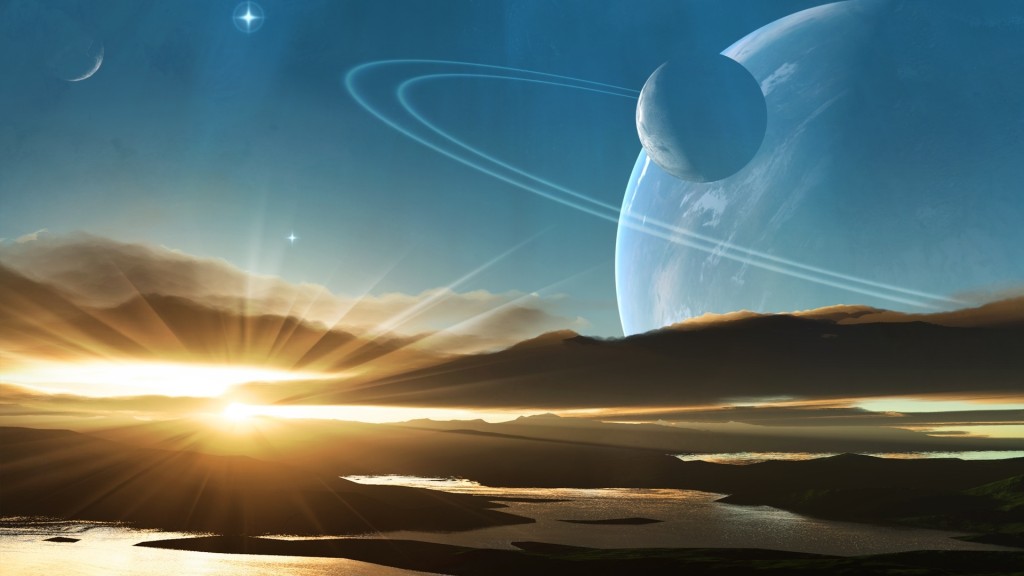As a young girl, I came to the plains of Colorado from the dense woods of southeastern Michigan. Hot, humid summers were left behind for hot, arid ones and winters of pellet snow and dirty drifts were traded for snow as light as powder that melted within days of hitting the ground. The idea to leave the solidarity of the Midwest was my father’s. Having been born in Idaho, within sight of the some of the most majestic mountains in the West, he found the life of a flatlander, well, somewhat flat. He longed for the cool nights of summer and the intense sunshine in winter, but I think most of all, he missed the view one can experience in the Rocky Mountains. The poet/essayist Ralph Waldo Emerson believed “the health of the eye seems to demand a horizon. We are never tired, so long as we can see far enough.” I believe this held true for my father. On leaving Idaho, he became first a military and later a commercial pilot, insuring that every day of his working life had a perfect view of the horizon. He built our home on the top of a mesa, where we had 360-degree views. Vistas in the western United States are legendary and I grew to share my father’s love of the open spaces, of always being able to see the way ahead.
With age came the realization that view is not only about space or geography, it is also a specific way to understand the world, both physically and conceptually. I was, and still am, a visual learner, remembering how someone looks much longer than I can remember the name I heard. With that said, I definitely was not born a fine artist. I know because I have watched my students whose visual ideas flow from mind to hand with an ease and accuracy that seals me in an envy envelope. I categorize learning to draw as possibly one of the hardest and most painful things I have ever encountered, right up there with wisdom teeth extraction or a lover’s rejection. In spite of my congenital lack, I did in fact learn to draw. Kind and careful instructors reminded me that I just needed to make the connection of eye to hand and “draw what you see.” I loved looking, so when I put all other thoughts away and focused on what it was I wanted to draw, the image appeared on the paper. Oh yes, and did I say, it took a lot of practice?
The historian Will Durant said, “Knowledge is the eye of desire and can become the pilot of the soul.” Being an academic sort, I am passionate about learning. I can’t wait to embrace the new fact on the next page of a book or visit a new country or master a new idea. I often feel at times my real title is “learning junkie,” but others just call me “curious.” Although my life has been rich and varied, my experiences hold several things in common. Learning has been at the core of my adult activities. Although “life-taught” in multiple topics – science, psychology, and history – I have also been involved in some form of formal education – attending classes or teaching them – most of my life. As the context of my life has been learning, the process of my life has been creativity. Life requires creative solutions; creative solutions require design. Creativity and artistry are found everywhere, not just in the labors of a fine artist.
I live and work with the belief that sight leads to insight; perception to conception. To apply this precept is how and why I became a designer. Perception and passion are not only essential ingredients in the production of knowledge but, in application, are also the cornerstone of design. I have been “designing” all my life. Whether creating a physical space, designing classroom curricula, developing accounting systems, or merging organizations, for me the process is much the same. First is the determination of the desired goal. What problem must be solved? What is the required function of the finished product? What aesthetic must be represented? Once the goal has been accurately defined, the context must be characterized. What is the environment, both internal and external to the project? What is the emotional and behavioral culture of the individuals who will utilize the end-result? What value must be preserved? The discovery of creative solutions is where the fun begins. A completed project that is unique, aesthetic and functional is not only an essential requirement of good design, it becomes a creative fulfillment that is immensely gratifying.


